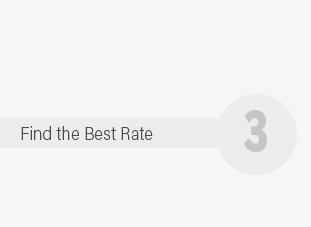 |
 |
 |
|---|
 |
 |
 |
 |
|---|
 |
 |
 |
 |
 |
 |
|---|

Understanding the Best Whole Life Insurance Returns: A Comprehensive GuideWhole life insurance is a popular choice for many, offering not only a death benefit but also a cash value component that can grow over time. This article explores the best whole life insurance returns, helping you make informed decisions about your financial future. What is Whole Life Insurance?Whole life insurance provides lifelong coverage and includes a savings component. Unlike term insurance, it does not expire after a set number of years. It’s a stable investment that can offer guaranteed returns. Factors Affecting Whole Life Insurance Returns1. Premium PaymentsThe amount and frequency of your premium payments significantly impact the growth of your policy's cash value. For more information on managing your life insurance premium, consider how often you pay and the amount you invest. 2. Dividend OptionsMany whole life insurance policies offer dividends, which can be used to purchase additional coverage or reduce premiums. These dividends are a key component of maximizing returns. How to Maximize Returns
Investing in whole life insurance can be a strategic move for long-term financial growth. By understanding the nuances of premium payments and dividends, you can get life insurance that meets your needs while maximizing returns. Benefits of Whole Life Insurance
FAQWhole life insurance is more than just a policy; it's an investment in your family's future. Understanding the factors that influence returns can help you make the most of this financial tool. https://digitalcommons.iwu.edu/cgi/viewcontent.cgi?article=1007&context=busadmin_honproj
"Annual renewable term policy comparison." Best's. Review-Life and Health ... https://www.consumerreports.org/cro/news/2015/04/is-whole-life-insurance-right-for-you/index.htm
However, the average annual rate of return1.5 percent for the whole life guaranteed cash value, 2.2 percent for the Treasuries, and 3.5 ... https://www.quora.com/Which-insurance-companies-offer-the-best-whole-life-insurance-policies-for-investment-purposes
Kotaksmart Life insurance provides a return of 30% on your investment for every year of your investment. It can be for 3 years for 10 years.
|
|---|